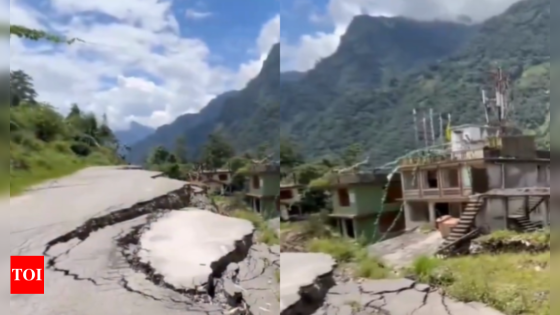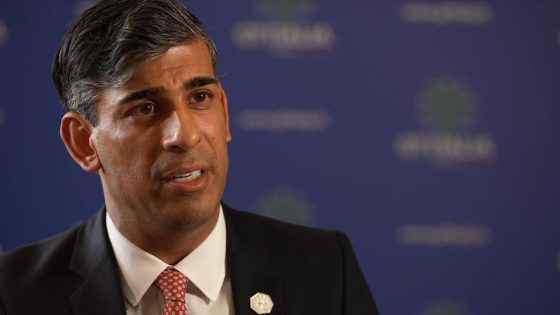Urging the Indian government for immediate attention, Nim Tshering Lepcha, a victim and a Local Representative of the Naga Village said, “Relocation of the affected people is necessary at the moment as well as the restoration of the border road…It has been 11 months (since glacial lake outburst flood in 2023) and there’s no improvement. The Government of India should also take up this matter seriously as this is a border road.”
“It does not only concern the general public, but also is a threat of national security,” Nim added.
The Glacial Lake Outburst Flood (GLOF) that caused the disaster in Sikkim last year could be a warning of the significant threat such events pose to the three million Indians living in vulnerable regions across the six Himalayan states and UTs: Jammu & Kashmir, Ladakh, Himachal Pradesh, Sikkim, Assam, and Arunachal Pradesh.
In February last year, an international team of scientists led by Newcastle University in the UK conducted the first global assessment of areas at risk from Glacial Lake Outburst Floods (GLOFs). Their study, published in the journal Nature Communications, highlighted that India and Pakistan account for one-third of the global population exposed to GLOFs. The research also noted that the risk to populations grows with increasing proximity to a glacial lake.
Source Agencies


